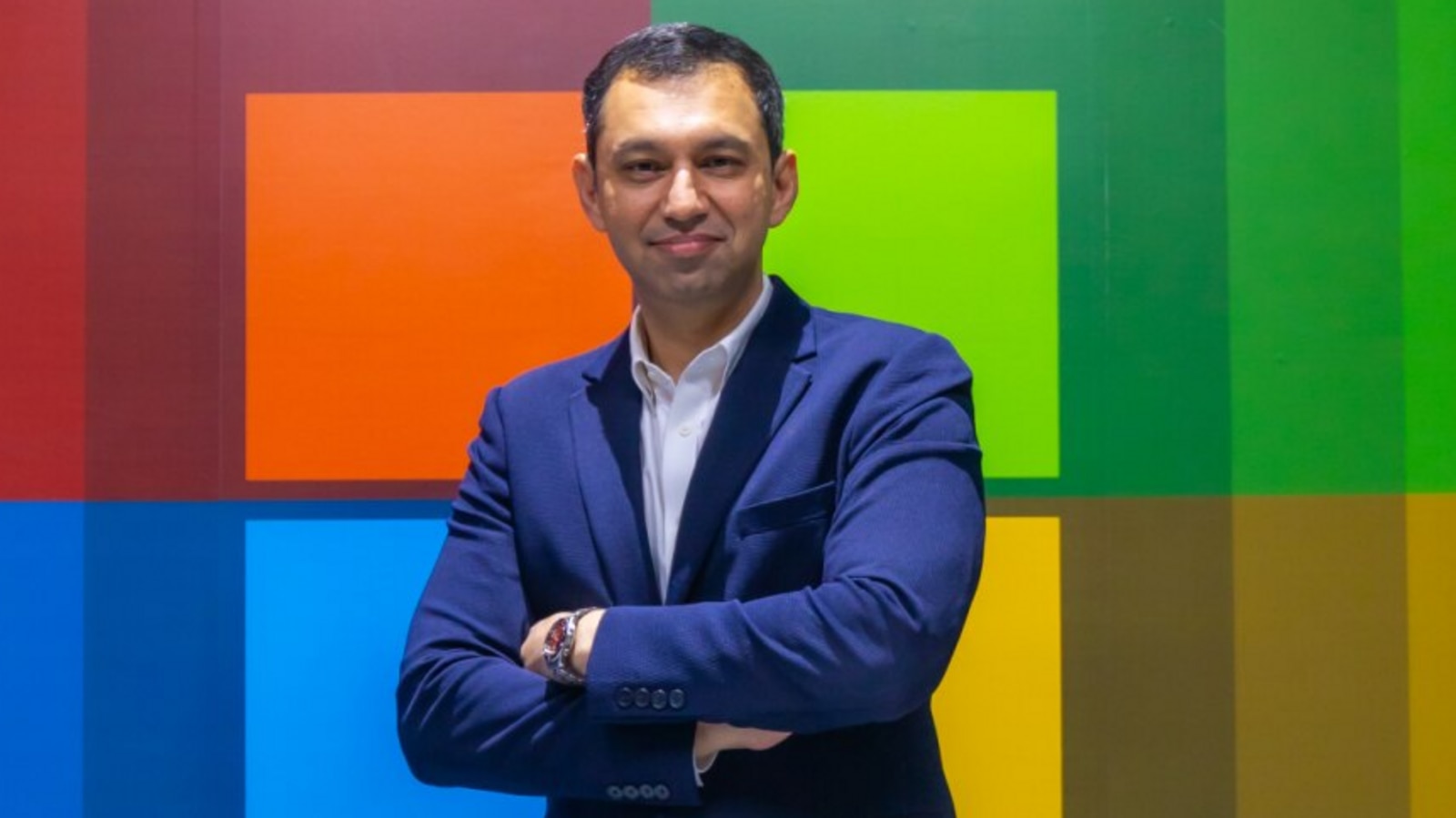“AI itself is at an early stage right now, so more sophisticated and efficient use cases of AI will mature over time. But, India is playing a vital role in the development of AI around the world, and development of Indian AI platforms will be key to the growth of this market,” Chandok said.
The company’s local operations have already seen it work with the Ministry of Electronics and Information Technology (Meity)’s AI datasets platform, Bhashini—where it is capable of operating generative AI queries and results in 20 Indic languages. Among clients, Microsoft is working with the likes of Air India, Indigo, Zomato, Larsen & Toubro, Aditya Birla Capital and more, who have built AI assistants that are already operational—a trend that Chandok feels will only rise. “We’ve seen a 10x growth for Microsoft Copilot in India in the last six months,” the executive said.
The Redmond, Washington-headquartered Big Tech firm has multiple active partnerships with almost all of India’s top IT services firms—for instance, in October, the company ramped up an AI partnership with Tata Consultancy Services for adoption of its Azure OpenAI platform across various AI use cases. In September, it signed a similar partnership with Infosys, too. Each of these is centred around growing Copilot, its generative AI solution for enterprises and consumers alike. India, on this note, is leading to growth for the company, Chandok said.
“Myntra has created a fashion assistant to help customers buy things much easier. Zomato has created an AI assistant to give you more precise recommendations. Axis Bank, one of the fastest growing Copilot adopters, is seeing 30% productivity improvement already,” he said.
Microsoft’s India operations have steadily grown over time. As of FY23, its latest available finances are at $2.26 billion—up 39% year-on-year. Its services segment, which includes its Azure Cloud and OpenAI, accounted for 70%, or $1.58 billion out of its revenue. In cloud operations, market data estimated Azure to account for just over 20% of India’s hyperscaler cloud providers.
Now, analysts expect Microsoft to have grown at an even faster pace in FY24. “The generative AI fillip has further helped Microsoft cash in on the need to adopt AI-ready platforms—its market share and revenue is also likely to have ramped up as a result. With increasing clients, Microsoft’s share of revenue earned from India could also increase, as its growth pace ramps up beyond what it saw in FY23,” a senior industry analyst at a Gurgaon-headquartered market research firm told Mint, on condition of anonymity.
Ramping up the India revenue share would also be a key part of the company’s overall agenda—though Chandok affirmed that India’s importance is also strategic, and not just financial. As of FY23, India accounted for just over 1% of Microsoft’s $211 billion in annual revenue. The company has a July to June financial year.
As its business ramps up, Chandok said that the software major is seeing an uptake of off-the-shelf Copilot solutions, OpenAI-based use cases specific to sectoral needs, and use of AI infrastructure for startups. This, in turn, is translating into business growth as well as revenues. “India’s got 13.2 million developers on Github Copilot, the second largest in the world, and productivity is up 55%,” he noted.
As part of the strategic focus, Microsoft is partnering with governments and government agencies to train officials on using generative AI to increase productivity and enable skilling on AI. “Lots of conversations are taking place with state governments about solving problems around use cases around law and order, and citizen services,” Chandok said.
Interestingly, the nature of projects between government departments and private sector boardrooms are surprisingly similar. “The three questions that I get from most are: demystifying the technology beyond AI washing, what it can do for us, and how we can work with it. The needs are the same, the nature of execution is all that will differ,” he added.
The massive push on AI would also need compute power on the backend, Chandok said, which is why the tech giant is expanding its data centres in India.
“We’re constantly building, so we’re building data centres—Hyderabad is now coming up. This will require even more investments in infrastructure and building the capacity that we need. India is one of the fastest growing markets, obviously very keen to make sure that you bring the best of Microsoft to India,” he said. However, Chandok did not offer an estimate or investment figure for the expansion of its data centres in the country.
Chandok further added that large language models are being taken and tweaked for Indian context by either training or using more data which is specific to the Indian context languages, which in turn would ensure that they’re cost efficient for Indian customers and available for building a set of services on top. “The nature of all technologies is global, and the same applies for AI and generative AI as well. What will differ is the context and the nature in which the evolution of technology happens. On that note, we’re also building small AI models that are well-suited to bring AI capabilities to the edge,” he further added.
The development of edge AI capabilities has been rising. Beyond Microsoft, Meta unveiled its Llama-3 with as little as 8 billion data parameters in its training. For context, large AI models as of today are typically over 200 billion parameters, and go up to 2-3 trillion parameters in size. Others, such as Salesforce, have also built purpose-driven models that could target specific use cases—the latter’s Slack office communications tool.
“Such development will likely develop more over time—our goal is to be present in all innovation circles,” Chandok said.
Unlock a world of Benefits! From insightful newsletters to real-time stock tracking, breaking news and a personalized newsfeed – it’s all here, just a click away! Login Now!
Download The Mint News App to get Daily Market Updates.
More
Less
Published: 05 May 2024, 07:35 PM IST

